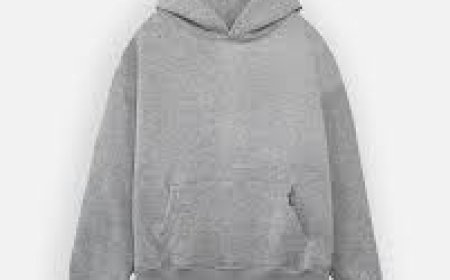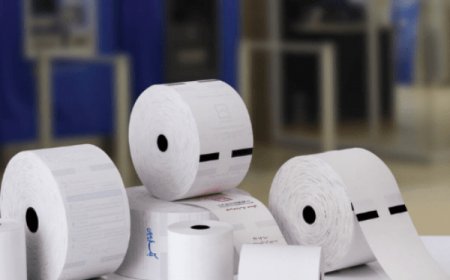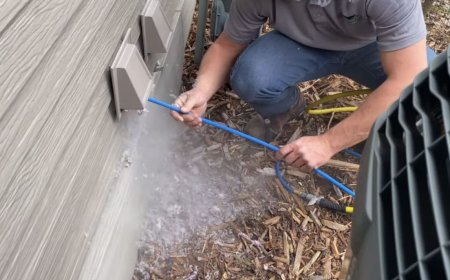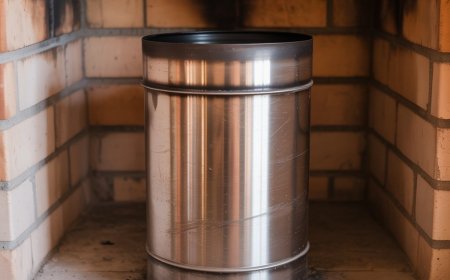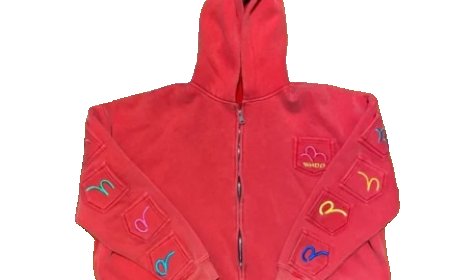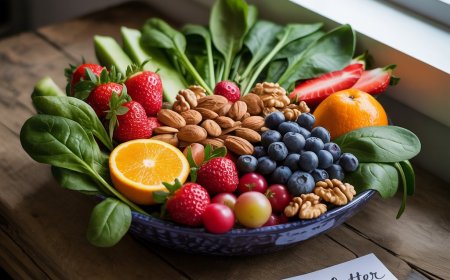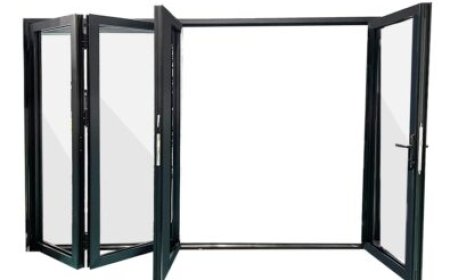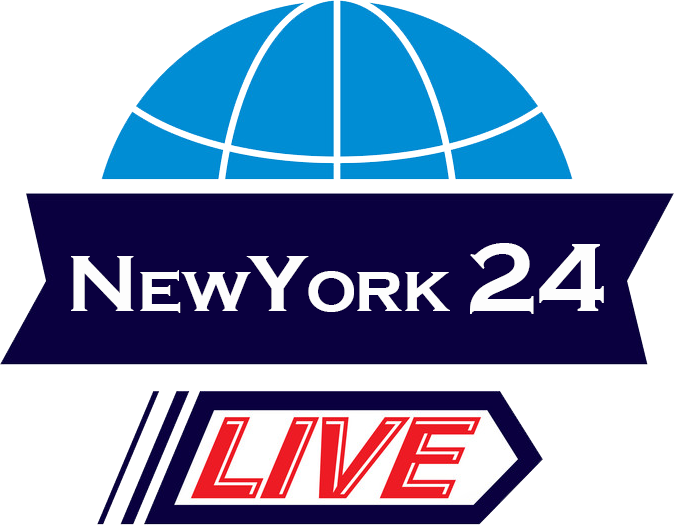Types of Cheek Fillers Explained: Which One Is Right for You?
Cheek fillers have become one of the most popular non-surgical cosmetic treatments in recent years. As people seek to rejuvenate their appearance without going under the knife.
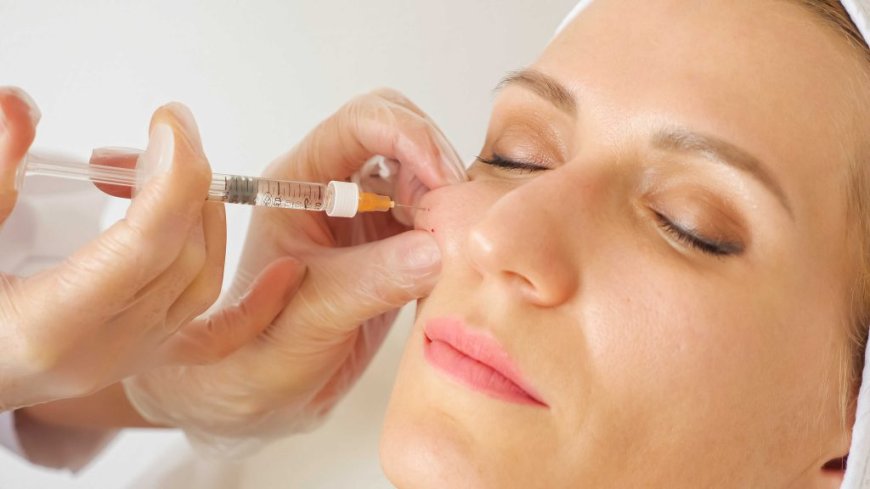
Cheek fillers have become one of the most popular non-surgical cosmetic treatments in recent years. As people seek to rejuvenate their appearance without going under the knife, dermal fillers offer a minimally invasive option to restore volume, contour the face, and achieve a youthful look. However, with the growing number of filler types on the market, it can be challenging to know which option is best suited for your needs.
Well break down the most common types of fillers, how they work, their pros and cons, and how to choose the right one for your facial goals and skin type.
Why Consider Cheek Fillers?
Cheek fillers, also known as mid-face fillers, are injectable treatments designed to add volume to the cheeks and surrounding areas. They can enhance cheekbone definition, lift sagging skin, and create a more balanced facial structure. Common reasons people seek fillers include:
Loss of volume due to aging
Flat or hollow cheeks
Desire for higher cheekbones
Improving facial symmetry
Non-surgical facelift alternative
When administered by a trained medical professional, cheek fillers offer natural-looking results with minimal downtime.
Types of Cheek Fillers
There are several types of dermal fillers used in the cheeks, each with distinct ingredients, textures, and durations. Here's a look at the most commonly used options:
1. Hyaluronic Acid (HA) Fillers
Popular brands: Juvederm Voluma, Restylane Lyft, Belotero Volume
Hyaluronic acid is a substance naturally found in the skin that retains moisture and adds plumpness. HA fillers are gel-like substances that provide immediate results and are reversible with an enzyme called hyaluronidase.
Pros:
Immediate results
Generally safe with few side effects
Reversible if needed
Suitable for first-time users
Cons:
Temporary (typically lasts 12 to 18 months)
May require touch-ups for optimal results
Best for: People looking for subtle, natural enhancement and first-time filler patients.
2. Calcium Hydroxylapatite (CaHA) Fillers
Popular brand: Radiesse
Calcium hydroxylapatite is a mineral-like compound found in bones. Its suspended in a gel carrier and offers a thicker consistency than HA fillers. CaHA stimulates collagen production over time, providing longer-lasting improvement.
Pros:
Provides structure and support to the cheeks
Stimulates natural collagen growth
Longer-lasting than HA (12 to 24 months)
Great for moderate to severe volume loss
Cons:
Not reversible
Not ideal for very fine lines or delicate areas
Best for: Individuals looking for a more dramatic lift or who have experienced significant facial volume loss.
3. Poly-L-lactic Acid (PLLA) Fillers
Popular brand: Sculptra
PLLA is a synthetic substance that stimulates the body to produce collagen. Unlike traditional fillers, Sculptra doesnt provide immediate results. Instead, it gradually restores volume over a few months, offering subtle, natural changes.
Pros:
Long-lasting results (up to 2 years or more)
Stimulates collagen production
Ideal for overall volume restoration
Cons:
Requires multiple sessions
Slower results (builds up over time)
Not reversible
Best for: Those seeking long-term improvement and willing to wait for gradual results.
4. Polymethylmethacrylate (PMMA) Fillers
Popular brand: Bellafill
PMMA is a biocompatible synthetic substance used in permanent fillers. It contains tiny microspheres suspended in collagen that stay in place to provide long-lasting support.
Pros:
Very long-lasting (5+ years)
Good for deeper volume loss
Fewer touch-ups needed over time
Cons:
Not reversible
Higher risk of complications
Requires experienced injector
Best for: Experienced filler users seeking permanent results and significant structural enhancement.
Choosing the Right Filler for You
Selecting the best filler depends on several personal factors, including your age, skin condition, facial structure, and aesthetic goals. Here are a few considerations to guide your choice:
1. Desired Duration
If you want a short-term solution or you're new to fillers, hyaluronic acid products are ideal. For longer-lasting or semi-permanent results, CaHA or PLLA fillers may be more suitable.
2. Facial Structure and Skin Thickness
Thicker fillers like Radiesse are excellent for individuals with thicker skin or those needing more volume. Conversely, softer HA fillers work better for subtle contouring and smoothing.
3. Budget
HA fillers are typically more affordable per session, but longer-lasting fillers like Sculptra or Bellafill may be more cost-effective in the long run due to reduced maintenance.
4. Reversibility
If you're unsure about how fillers will look or feel, start with a reversible option like Juvederm or Restylane. That way, you can dissolve them if you're unhappy with the results.
5. Age and Volume Loss
Younger individuals may benefit from lighter fillers to enhance cheekbones, while older patients with more significant volume loss may require a thicker or collagen-stimulating filler.
What to Expect During the Procedure
Lip filler treatments usually take 30 to 60 minutes. Your provider will apply a topical numbing cream and may use a cannula or needle to inject the filler precisely into targeted areas. Some minor swelling, redness, and bruising are common and typically resolve within a few days.
Results can be seen immediately with most HA and CaHA fillers, though collagen-stimulating fillers like Sculptra take weeks or months for full effect.
Are Cheek Fillers Safe?
Yes, when performed by a licensed and experienced medical professional, fillers are generally very safe. However, as with any cosmetic procedure, there are potential risks, including:
Bruising or swelling
Lumps or irregularities
Infection
Vascular occlusion (rare but serious)
Allergic reactions
Always consult with a board-certified dermatologist, plastic surgeon, or aesthetic injector to ensure the safest and most effective treatment.
Final Thoughts
Cheek fillers offer a customizable, effective way to enhance facial structure, restore youthfulness, and boost confidence. Whether you want a subtle lift or a more dramatic contour, theres a filler type suited to your needs. Understanding the different options, hyaluronic acid, calcium hydroxylapatite, poly-L-lactic acid, and PMMA, can help you make a more informed decision.
Ultimately, the best filler for you depends on your goals, facial anatomy, and comfort level with longevity and reversibility. A consultation with an experienced provider is essential to ensure you get results that are safe, natural, and aligned with your aesthetic vision.











